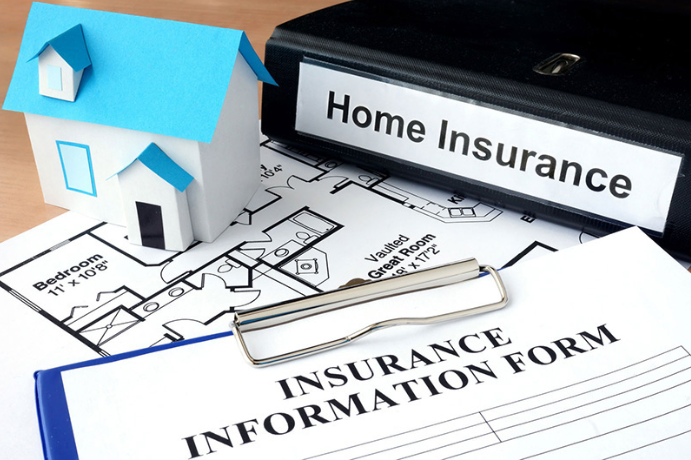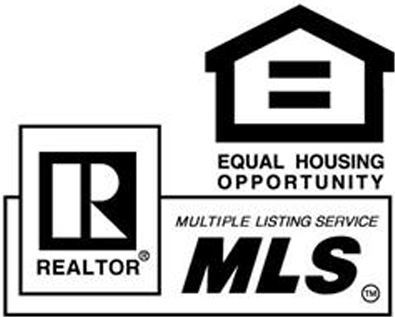Homeowners Insurance Basics
Homeowners insurance is a package policy. This means that it covers both damage to property and liability or legal responsibility for any injuries and property damage policyholders or their families cause to other people. This includes damage caused by household pets.
Damage caused by most disasters is covered but there are exceptions. Standard homeowners policies do not cover flooding, earthquakes or poor maintenance. Flood coverage is provided by the federal government’s National Flood Insurance Program, although it is purchased from an insurance agent. Earthquake coverage is available either in the form of an endorsement or as a separate policy. Most maintenance related problems are the homeowners’ responsibility.
A standard homeowners insurance policy includes four essential types of coverage. They include:
1. Coverage for the structure of the home
This part of a policy pays to repair or rebuild a home if it is damaged or destroyed by fire, hurricane, hail, lightning or other disaster listed in the policy. It will not pay for damage caused by a flood, earthquake or routine wear and tear. Most standard policies also cover structures that are not attached to a house such as a garage, tool shed or gazebo.
2. Coverage for personal belongings
Furniture, clothes, sports equipment and other personal items are covered if they are stolen or destroyed by fire, hurricane or other insured disaster. Most companies provide coverage for 50 to 70 percent of the amount of insurance on the structure of a home. This part of the policy includes off-premises coverage. This means that belongings are covered anywhere in the world, unless the policyholder has decided against off-premises coverage. Expensive items like jewelry, furs and silverware are covered, but there are usually dollar limits if they are stolen. To insure these items to their full value, individuals can purchase a special personal property endorsement or floater and insure the item for its appraised value.
Trees, plants and scrubs are also covered under standard homeowners insurance—generally up to about $500 per item. Perils covered are theft, fire, lightning, explosion, vandalism, riot and even falling aircraft. They are not covered for damage by wind or disease.
3. Liability protection
Liability covers against lawsuits for bodily injury or property damage that policyholders or family members cause to other people. It also pays for damage caused by pets. The liability portion of the policy pays for both the cost of defending the policyholder in court and any court awards—up to the limit of the policy. Coverage is not just in the home but extends to anywhere in the world. Liability limits generally start at about $100,000. An umbrella or excess liability policy, which provides broader coverage, including claims for libel and slander, as well as higher liability limits, can be added to the policy.
4. Additional living expenses
This pays the additional costs of living away from home if a house is inhabitable due to damage from a fire, storm or other insured disaster. It covers hotel bills, restaurant meals and other living expenses incurred while the home is being rebuilt. Coverage for additional living expenses differs from company to company.
Types of Homeowners Insurance Policies
The different types of homeowners policies are fairly standard throughout the country. However, individual states and companies may offer policies that are slightly different or go by other names such as “standard" or “deluxe."
Levels of Coverage
There are three coverage options:
1. Actual Cash Value
This policy pays to replace the home or possessions minus a deduction for depreciation.
2. Replacement Cost
This policy pays the cost of rebuilding or repairing the home or replacing possessions without a deduction for depreciation.
3. Guaranteed/Extended Replacement Cost
This policy offers the highest level of protection. A guaranteed replacement cost policy pays whatever it costs to rebuild the home as it was before the fire or other disaster—even if it exceeds the policy limit. This gives protection against sudden increases in construction costs due to a shortage of building materials after a widespread disaster or other unexpected situations. It generally won’t cover the cost of upgrading the house to comply with current building codes. However, an endorsement (or an addition to) the policy called Ordinance or Law can help pay for these additional costs.
Some insurance companies offer an extended, rather than a guaranteed, replacement cost policy. An extended policy pays a certain percentage over the limit to rebuild the home. Generally, it is 20 to 25 percent more than the limit of the policy. For example, if homeowners take out a policy for $100,000, they can get up to an extra $20,000 or $25,000 of coverage. Guaranteed and extended replacement cost policies are more expensive; but they offer the best financial protection against disasters for a home. These coverages, however, may not be available in all states or from all companies. Replacement cost coverage is available for the structure of the home, but only actual cash value coverage is available for possessions.


